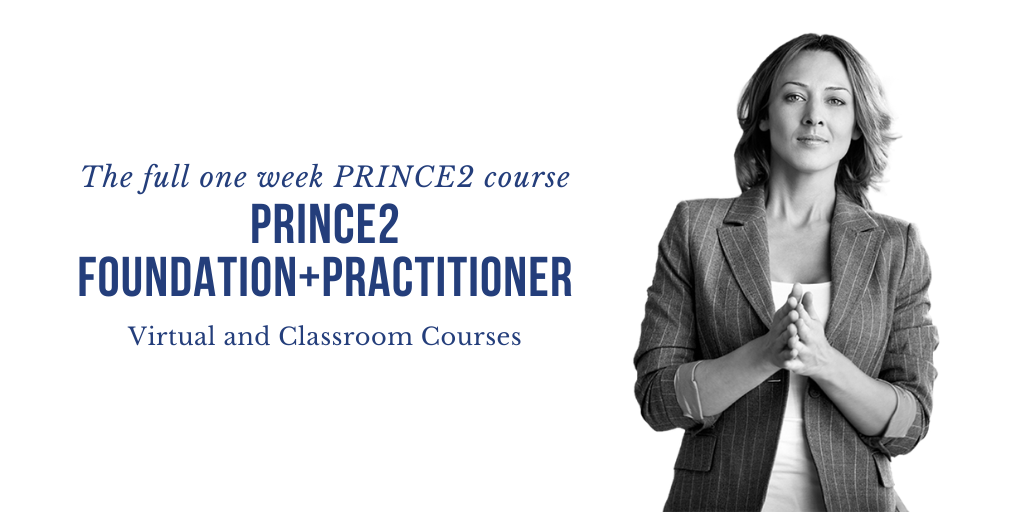PRINCE2 applied to virtual projects

Managing virtual projects is nothing new.
The world has been becoming flattered for many years and most project managers will have had teams working from different locations. For example companies with different office locations or vendors that were not on customer premises.
The difference in the current COVID-19 situation is mainly that from a few locations where teams were still working physically together, we have been all of a sudden thrown into a setup where everybody is literally on his own.
When confronted with a project management challenge, I typically first look at PRINCE2.
PRINCE2 is one of the most widely used methods for managing projects worldwide. As always, PRINCE2 is only part of the solution. There is a lot of leadership and soft skills involved in managing virtual projects, and PRINCE2 cannot help in that respect.
This is because – although extremely important – it is impossible to codify soft skills and leadership in a method. Managing virtual projects from home also includes a proper work/life balance, however, that is not a subject I like to cover in this post.
PRINCE2 principles
PRINCE2 approaches project management with 7 principles, 7 themes and 7 processes.
The principles are non-negotiable guidelines and practices that apply to every project, no matter its size, type or industry. The seven principles are:
- Continued Business Justification
- Learn from Experience
- Defined Roles and Responsibilities
- Manage by Stages
- Manage by Exception
- Focus on Products
- Tailor to suit the project
While all principles remain applicable to a virtual project, I want to highlight 5 of these principles that are particularly important when moving to a virtual setting. While working remotely it is of importance to be aware of not creating an overkill of synchronous moments.
These are often in the form of videoconferencing and can take a lot of your time, especially when the audience grows larger. Several principles will help to reduce the number of meetings, and to keep the remaining meetings short and to the point.
Focus on Products
The Focus on Products principle requires projects to be output-oriented rather than work-oriented.
For a project, this means that success is driven by having a common understanding of what the project will produce and the characteristics of these products.
In everyday speech: the requirements need to be clear, as well as the criteria against which they will be evaluated. The same goes for the work of your project’s teams or individual team members: it is important to agree on what everyone will deliver rather than on what everyone will do.
As a project manager, you want to remain in control whilst not micro-managing. That is why it is important to agree with your teams on concrete outputs – deliverables – they will produce by a certain moment.
If you manage individual team members directly, it makes sense to have a quick daily check-in.
If you deal with teams you probably decrease the frequency to (semi-)weekly.
It requires for some a shift in mindset to ask not “what will you do today?” but rather “what will you deliver tomorrow?”. It is a small change, however, it results in both a better alignment of expectations and reassures the project manager that the work contributes to the delivery of the project.
Defined Roles and Responsibilities
The Defined Roles and Responsibilities principle means that projects should have an explicit structure that provides everyone involved in the project an answer to the question: What is expected of me?
If such a structure is absent you risk that more meetings will be needed to raise hurdles and to determine who will deal with it. In a situation where the team members are co-located, the absence of this explicit understanding of who will do what can be more forgiving as the team members can easier speak up and get help right away.
However, this is also suboptimal because everybody in the team will be pulled out of their concentration for a moment and it takes some time to get back to the concentration levels from before. So, make sure that all team members know who is responsible for what, so they can address issues directly with the right person.
But also make sure that everyone knows what responsibilities they have themselves so they can make the decisions they are empowered to.
Manage by Exception
Manage by Exception principle provides for efficient use of management time as it ensures that decisions are made at the right level in the organisation without losing control.
This is done by delegating authority and specifying ‘tolerances’, i.e. performance targets and permissible deviations from those targets. Then you should also specify an escalation mechanism in case the tolerances are (to be) exceeded. If you do this well, reporting progress is a lot easier and does not need a meeting.
We all know the feeling of being in a meeting that should have been an email; having clear targets and deviation boundaries allows you to clearly communicate the status of your work or project in short writing. This way, you will only need a meeting when a decision is needed.
This means: when someone will exceed tolerance and a higher level of management should step in.
Learning from Experience
The Learning from Experience principle requires everyone in the project to actively look for lessons that can be learned from experiences in the project and act upon them to continuously improve.
If you are suddenly thrown into this new situation whereby everything happens remotely, it is particularly important to often reflect on how you are handling things. It might be useful to ask all your team members to keep a lessons log, a list of their experiences, and foresee a regular moment to discuss the lessons from the team.
By implementing the positive experiences more structurally in your way of working and by resolving negative experiences to avoid these from happening again, you will continuously improve the management of your virtual project.
Tailor to Suit the Project
The Tailor to Suit the Project principle ensures that the method used to manage the project is appropriate for the project and that the level of control is appropriate to the project’s scale, complexity, importance, and risk.
If your situation suddenly changes, as it has with the whole project team working remotely, it is of utmost importance to check whether your standard way of managing projects is still the most appropriate way of doing so.
Every project is unique and hence for every project, you will deviate from the standard in some respects.
So take some time to think about how your standard project method should be adapted to your virtual environment.
Stijn Janssens
 Stijn Janssens is a trainer and consultant. He is PMP, PRINCE2, MSP, MoP, P3O and ITIL certified. He has a lot of experience in strategic innovation and the ‘change’ part of organizations. He is not religious about PRINCE2, but very convinced!
Stijn Janssens is a trainer and consultant. He is PMP, PRINCE2, MSP, MoP, P3O and ITIL certified. He has a lot of experience in strategic innovation and the ‘change’ part of organizations. He is not religious about PRINCE2, but very convinced!
LinkedIn








